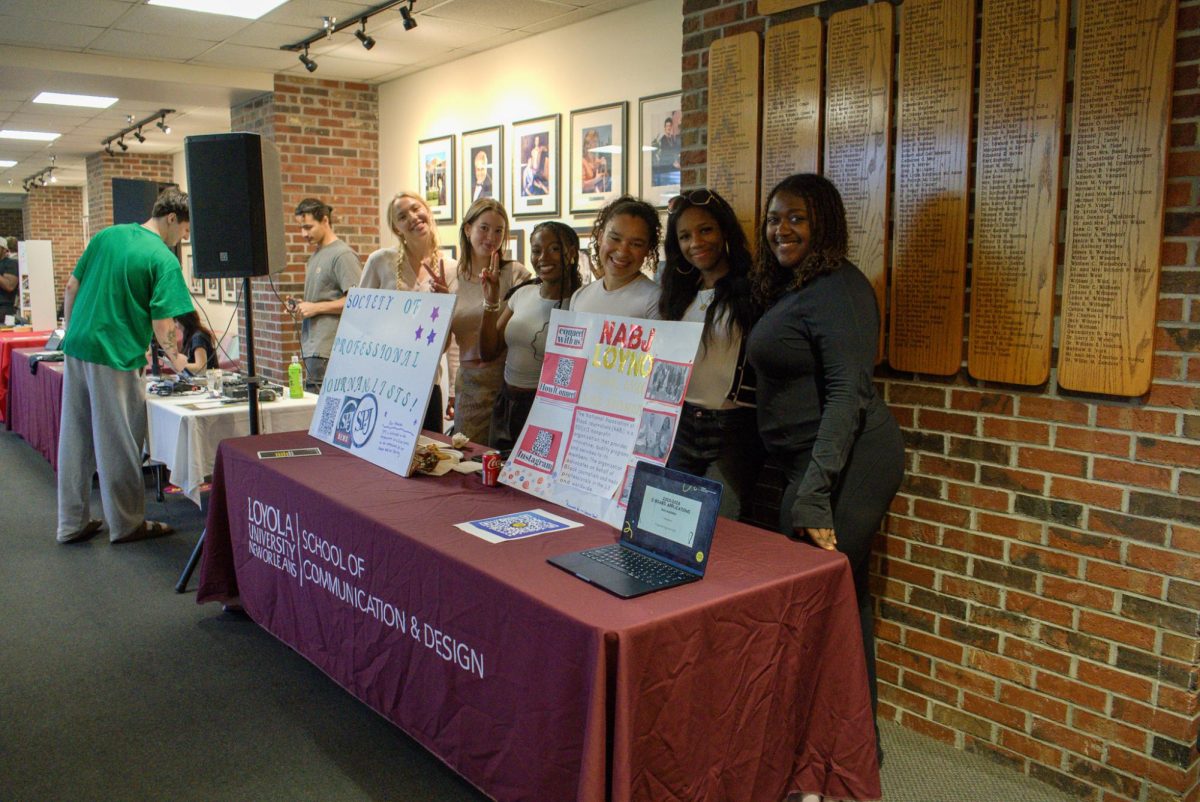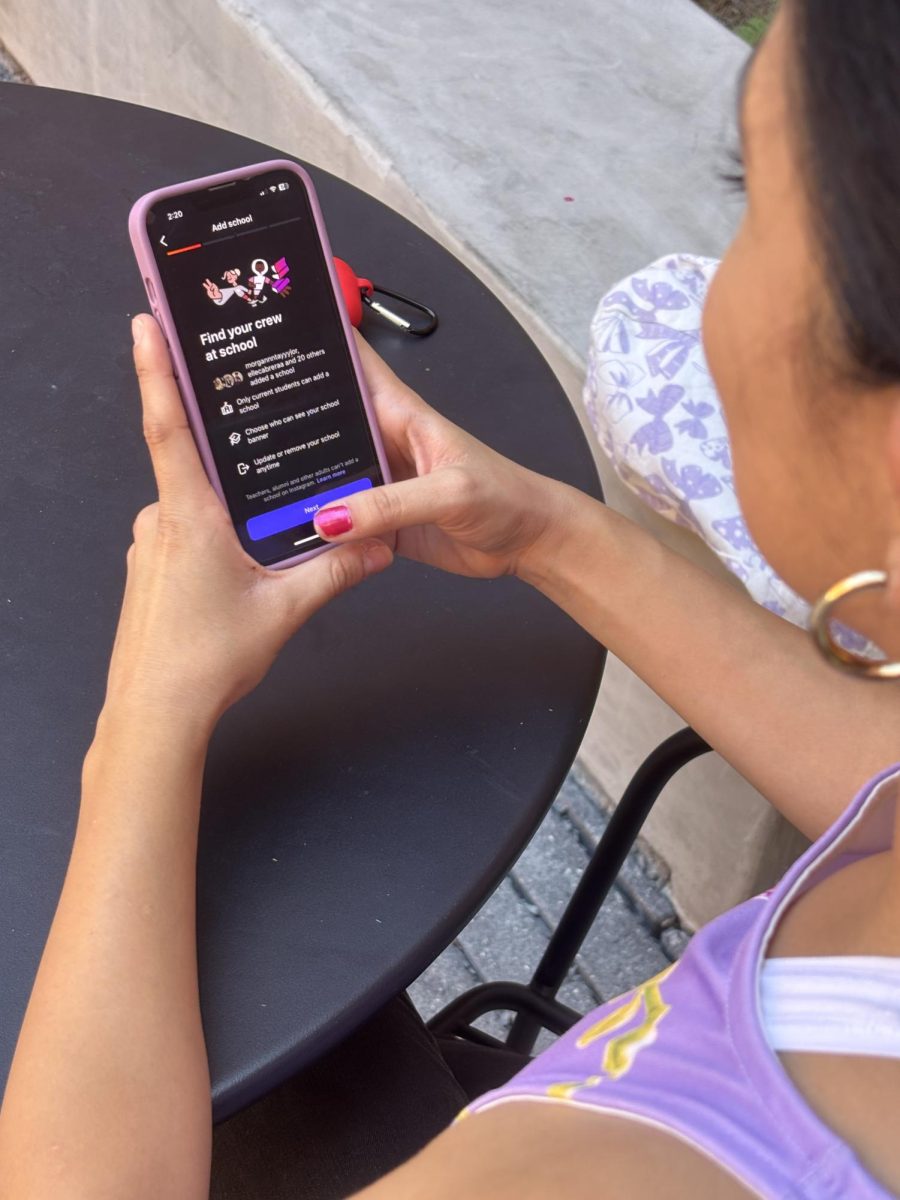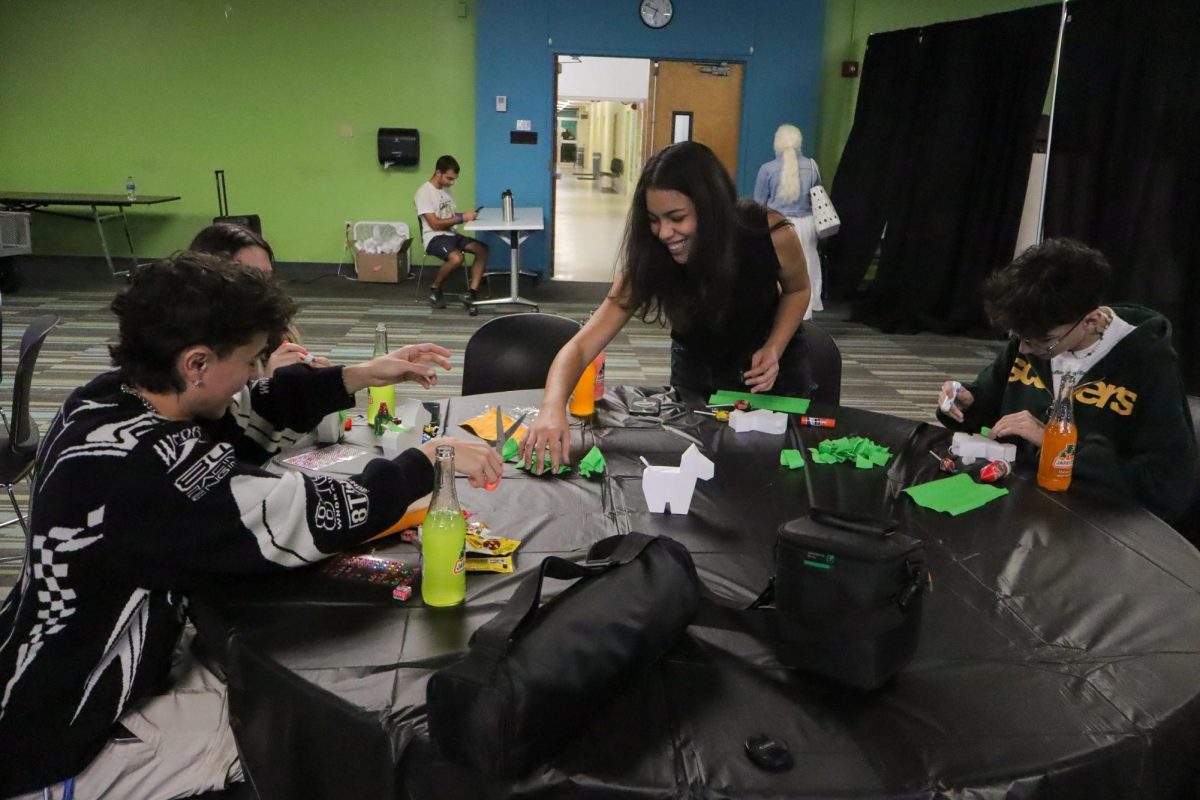Only one in five students at Loyola University took part in electing their school leaders this year.
Official documents released said only 476 of the eligible 2,667 students voted in the Student Government Association elections this year.
SGA’s voting process saw some changes this year, moving from physical voting stations to a new online voting platform hosted on OrgSync.
Bud Sheppard, management sophomore and SGA president, was introduced to OrgSyc this year just like everyone else. He said he heard from students that there were some issues with the new platform.
“Honestly, a lot of students just aren’t familiar with it, and this being the first trial run, you’re going to see hiccups,” Sheppard said.
Sheppard said the campaigning this year was longer than previous years, but the voter turnout dropped from 22 percent in 2013 to 17 percent. Sheppard said he was “perplexed” as to why the numbers were so low.
“Obviously I want the numbers to be higher, we were trying our hardest to get people to vote. I’m very surprised and concerned, for next years election I want to get those numbers up,” Sheppard said.
Nate Ryther, economics sophomore and SGA vice president, said that once the bugs from this first test run are fixed, “OrgSync will work very well.”
“If OrgSync is programmed better, I think it will be the most effective way to get voters,” said Ryther.
Ronald Palmer, marketing senior and outgoing vice president of communication for SGA, said that people were confused about logging onto OrgSync, and next year they plan to streamline the website.
“For next year, the idea is to have a single log on. The same password you use for Loyola email would be the same password,” Palmer said.
Whitey Woods, mass communication junior, said that voting on OrgSync was “stressful.” She said that she would more probably abstain from voting if the process were not user-friendly.
“It was confusing. Last year they used voting booths, and I prefer that. If I have to take time out of my day to vote and it’s not easy, I’m less likely to do it,” Woods said.
In three years, SGA has used three different platforms to vote. Blackboard, physical voting booths and OrgSync were used in 2012, 2013 and 2014 respectively.
Last year, no official documents were released on the amount of people who voted. Unofficial documents presented by Palmer say that 668 students voted, 22 percent of eligible voters.
However, Butch Oxendine, executive director of the American Student Government Association, said the 17 percent turnout rate is consistent with other private institutions in the nation.
Oxendine said the typical rate for private intuitions was “fifteen to twenty percent” and online platforms are considered to be a best practice.
“Eight out of ten colleges and universities nationwide are now running elections online, it should be something that every student government embraces because it is more accurate in counting and faster in providing results,” he said.
Palmer said that the turnout was connected with SGA’s reputation.
“The SGA reputation needs to improve in order to get more people interested in voting,” Palmer said.
Palmer said SGA plans on continuing to use OrgSync for the next election, but they hope turnout will improve.
“It would be a disservice to students, as well as Loyola to discontinue OrgSync,” Palmer said.






